Global
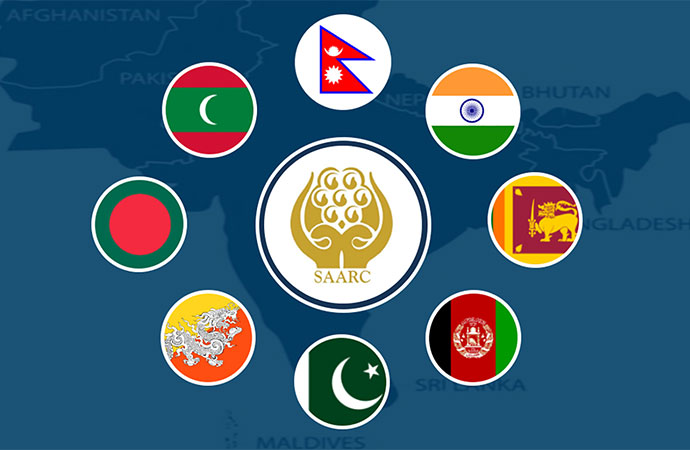
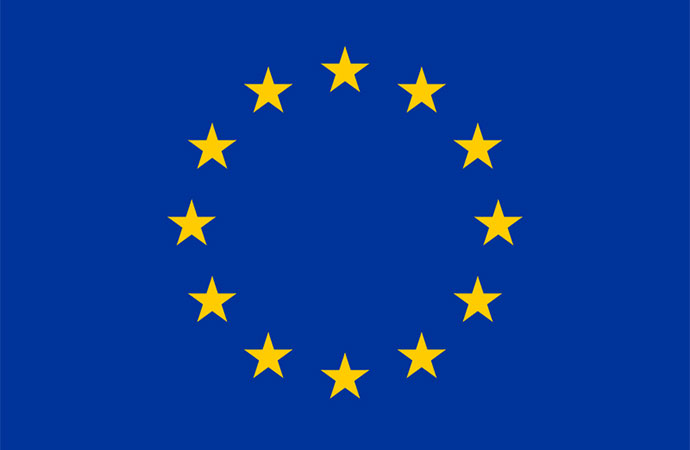
Image: Collected
South Asia, home to nearly 2 billion people, is one of the most populous and culturally diverse regions in the world. Yet, despite its potential, the region remains fragmented by political tensions, economic disparities, and historical grievances. In contrast, Europe, once a continent ravaged by war, has transformed into a model of regional integration through the European Union (EU). The question arises: Can South Asia ever emulate the EU and achieve a similar level of cooperation and unity? While the idea is appealing, the path to a Europe-like South Asia is fraught with challenges.
The EU stands as a testament to the power of cooperation. Emerging from the ashes of World War II, European nations sought to prevent future conflicts by fostering economic interdependence and political collaboration. The EU today comprises 27 member states, sharing a single market, a common currency (in the Eurozone), and institutions that promote peace, democracy, and prosperity. Key to the EU's success has been its ability to resolve historical conflicts, build trust, and create a shared identity. The Schengen Area allows for free movement of people, while the European Parliament ensures democratic representation. The EU's structural funds help bridge economic disparities between member states, fostering cohesion. For South Asia, the EU serves as both an inspiration and a reminder of the complexities involved in regional integration.
South Asia, comprising Afghanistan, Bangladesh, Bhutan, India, Nepal, Pakistan, the Maldives, and Sri Lanka, is a region of immense diversity. It is home to multiple religions, languages, and cultures. Yet, this diversity has often been a source of division rather than unity. The region's history is marked by colonial rule, partition, and conflict. The 1947 partition of British India into India and Pakistan created lasting animosity, exacerbated by territorial disputes like Kashmir. The India-Pakistan rivalry has dominated the region's geopolitics, hindering cooperation. Economically, South Asia is a mixed bag. India, the region's largest economy, accounts for over 80% of South Asia's GDP. In contrast, nations like Nepal and Afghanistan struggle with poverty and underdevelopment. While intra-regional trade exists, it is far below its potential, hampered by political tensions and bureaucratic hurdles. The South Asian Association for Regional Cooperation (SAARC), established in 1985, was envisioned as a platform for fostering cooperation. However, SAARC has been largely ineffective, with summits often canceled due to political disputes.
The challenges to a Europe-like South Asia are numerous and deeply rooted. First, historical grievances and political tensions, particularly the India-Pakistan rivalry, remain the biggest obstacle to regional integration. The two nations have fought multiple wars, and their relationship is characterized by mistrust and hostility. Without resolving this core issue, meaningful cooperation is unlikely. Second, economic disparities pose a significant challenge. South Asia's economic landscape is highly uneven, with India and Bangladesh seeing significant growth while other nations lag behind. Economic integration would require addressing these disparities and ensuring that smaller nations benefit equally. Third, the lack of strong institutions is a major hurdle. The EU's success is built on strong institutions that enforce rules and facilitate cooperation. SAARC, in contrast, lacks the authority and resources to drive regional integration. Fourth, cultural and religious diversity, while a strength, also poses challenges. Religious and ethnic tensions, such as those between Hindus and Muslims or Sinhalese and Tamils, complicate efforts to build a shared identity. Finally, external influences add another layer of complexity. South Asia is increasingly a theater for global power competition, with China's growing influence in Pakistan and its border disputes with India creating additional tensions.
Despite these challenges, there are steps South Asia can take to move closer to a Europe-like model. First, conflict resolution is crucial. Addressing the India-Pakistan rivalry through confidence-building measures, dialogue, and third-party mediation could help reduce tensions. Second, economic integration must be prioritized. Strengthening intra-regional trade and investment through a South Asian free trade agreement, modeled on the EU's single market, could boost economic ties. Third, SAARC needs to be revitalized. Reforming and empowering SAARC with stronger institutions and mechanisms for dispute resolution could enhance its effectiveness. Fourth, promoting people-to-people connections through cultural exchanges, educational programs, and tourism can help build trust and foster a sense of shared identity. Finally, regional leadership is essential. Strong political will and leadership from key nations like India, Pakistan, and Bangladesh are necessary to prioritize regional cooperation over narrow national interests.
Civil society and youth can play a crucial role in driving regional integration. Grassroots movements, cultural festivals, and youth exchanges can help bridge divides and build trust. Social media and technology can also facilitate connections and dialogue, creating a sense of shared purpose among the region's diverse populations. The EU's journey was neither easy nor quick. It took decades of effort, compromise, and vision to build the union we see today. South Asia can learn from this experience while charting its own unique path. While the road ahead is long and difficult, the rewards of peace, stability, and prosperity make it a goal worth pursuing.
A Europe-like South Asia may seem like a distant dream, but it is not an impossible one. The region has the resources, talent, and potential to achieve greater unity and cooperation. However, this will require overcoming deep-seated challenges and fostering a spirit of collaboration. As the people of South Asia look to the future, they must ask themselves: Can we rise above our differences and work together for a better tomorrow? The answer lies in our hands. The journey toward a united South Asia will be arduous, but the vision of a region that mirrors the EU's success is a dream worth pursuing. With determination, dialogue, and a shared commitment to peace, South Asia can transform its potential into reality.
Rabiul Alam is an independent writer and a graduate of Asian College of Journalism, India.






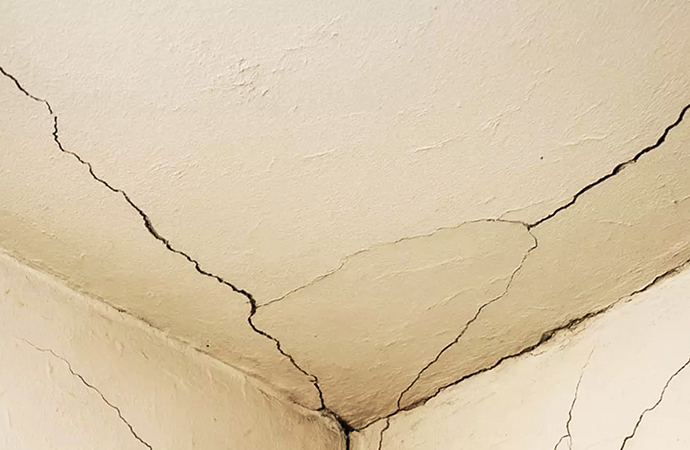
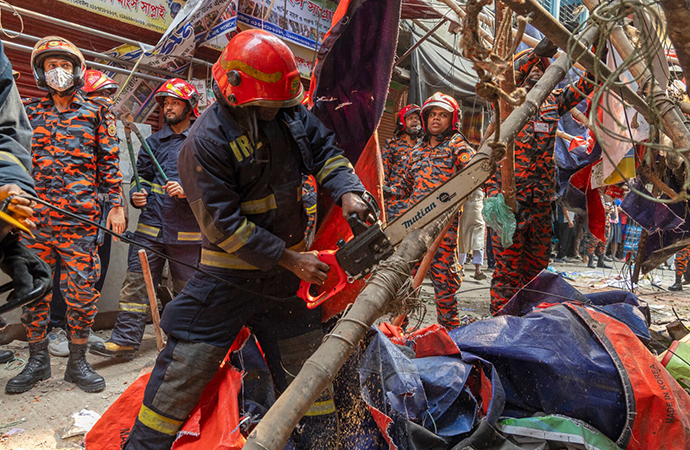
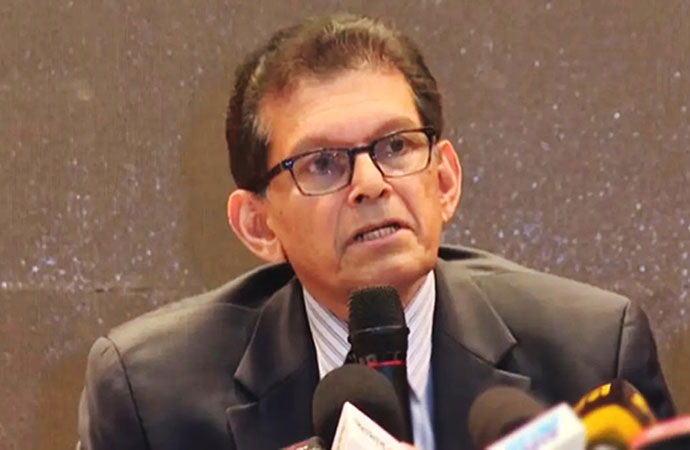
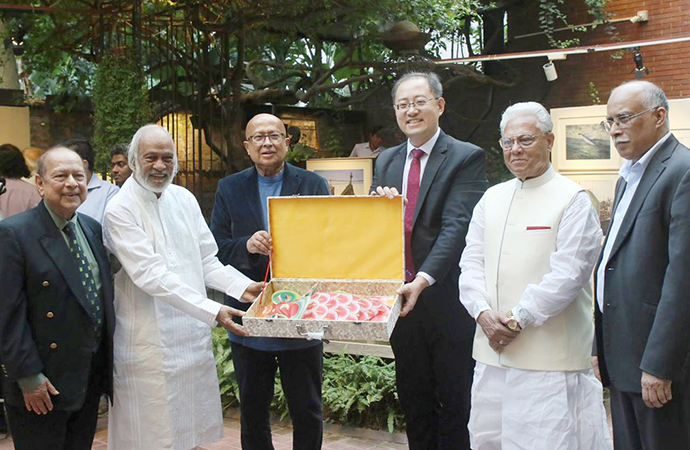
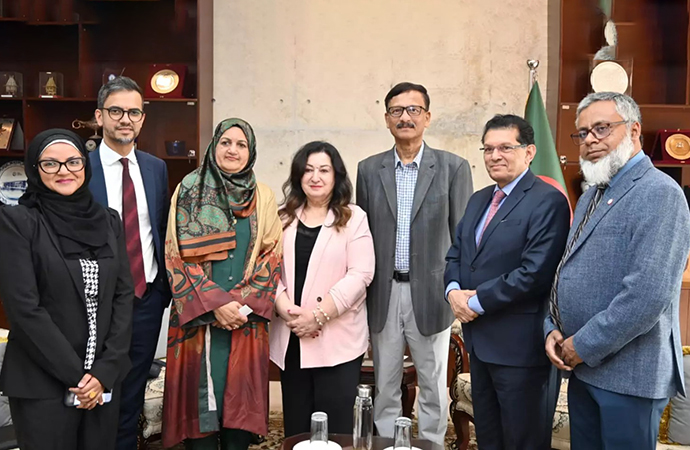
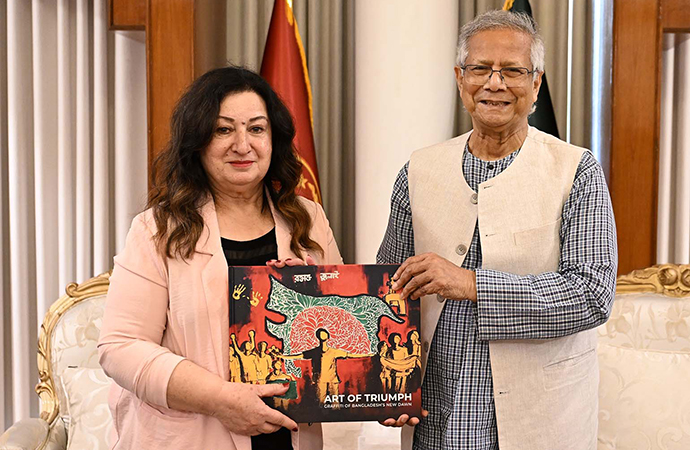
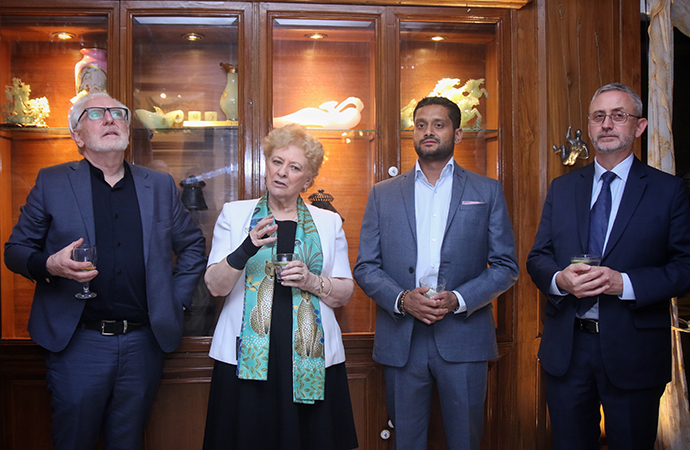





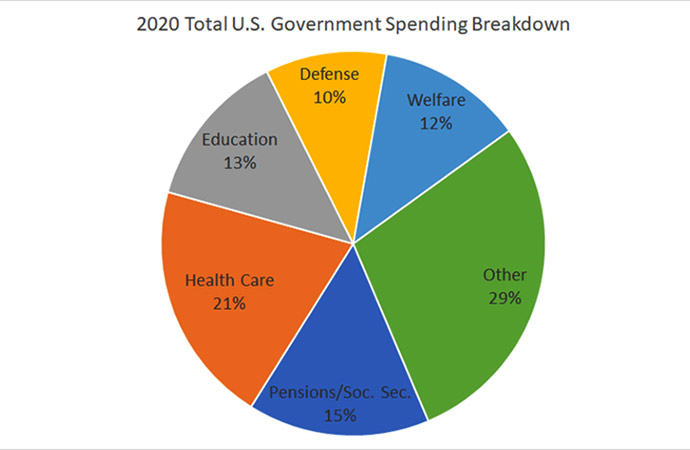
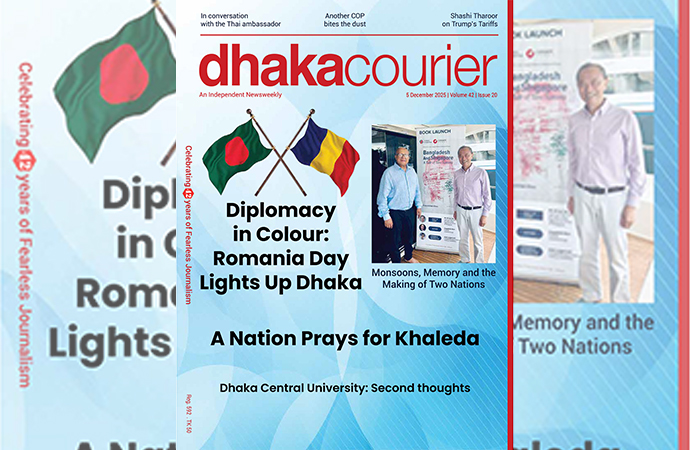
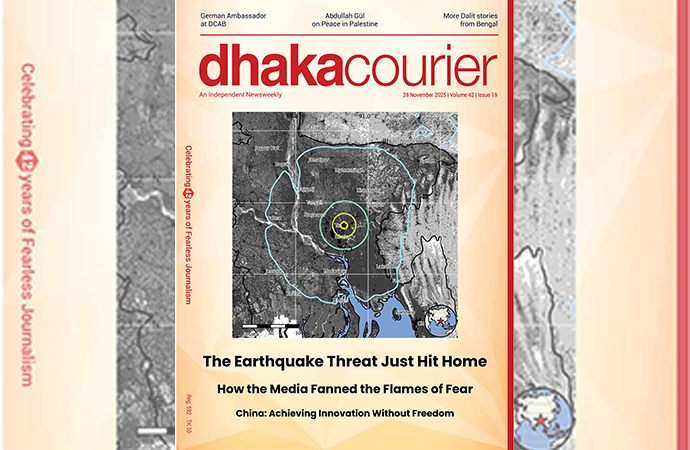
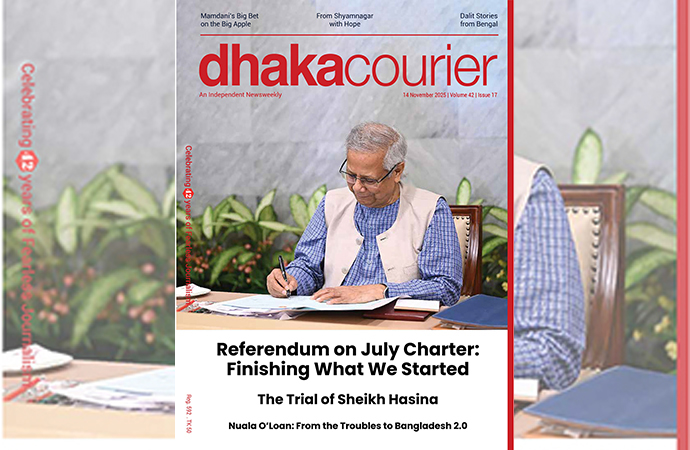
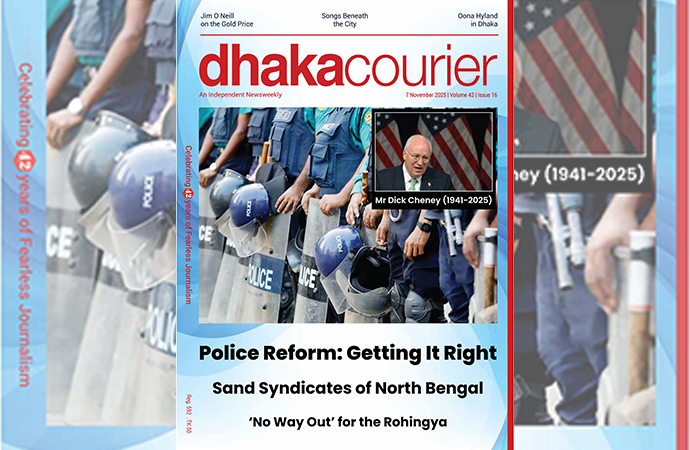
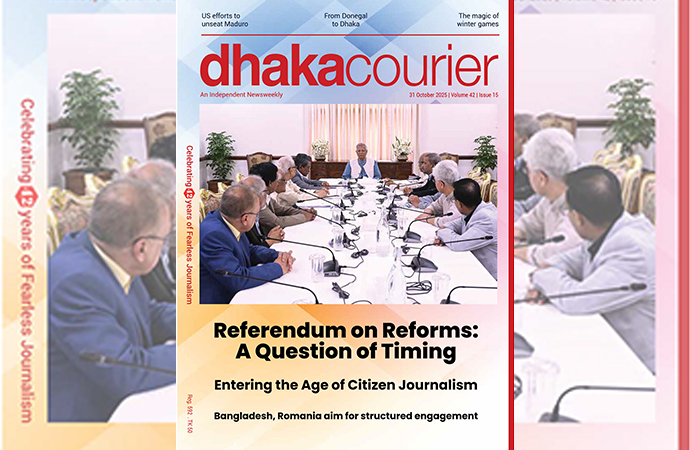
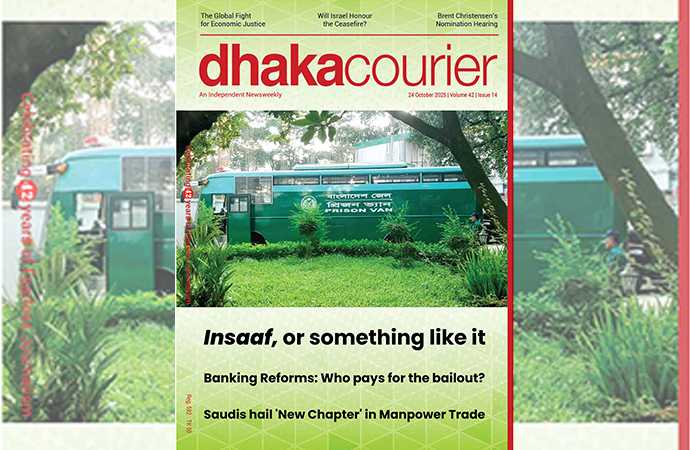
Leave a Comment
Recent Posts
Have we freed the courts?
Years down the line, we may well look back on it as the interim govern ...
Will the proposed Dhaka Centra ...
The sun rises over the capital’s seven historic colleges, castin ...
A treasure-trove of ideas, forms, and colours
More than 156,000 expatriate Bangladeshis residing i ..
Roots in Rome, Heart in the Carpathians
The search for the missing Malaysia Airlines flight ..